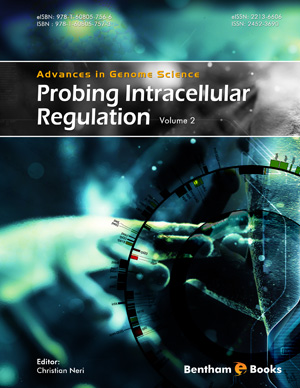Abstract
SHS investigation development is considered from the geographical and historical viewpoint. 3 stages are described. Within Stage 1 the work was carried out in the Department of the Institute of Chemical Physics in Chernogolovka where the scientific discovery had been made. At Stage 2 the interest to SHS arose in different cities and towns of the former USSR. Within Stage 3 SHS entered the international scene. Now SHS processes and products are being studied in more than 50 countries.
Abstract
Cells grow in response to nutrients or growth factors, whose presence is detected and communicated by elaborate signaling pathways. Protein kinases play crucial roles in processes such as cell cycle progression and gene expression, and misregulation of such pathways has been correlated with various diseased states. Signals intended to promote cell growth converge on ribosome biogenesis, as the ability to produce cellular proteins is intimately tied to cell growth. Part of the response to growth signals is therefore the coordinate expression of genes encoding ribosomal RNA (rRNA) and ribosomal proteins (RP). A key player in regulating cell growth is the Target of Rapamycin (TOR) kinase, one of the gatekeepers that prevent cell cycle progression from G1 to S under conditions of nutritional stress. TOR is structurally and functionally conserved in all eukaryotes. Under favorable growth conditions, TOR is active and cells maintain a robust rate of ribosome biogenesis, translation initiation and nutrient import. Under stress conditions, TOR signaling is suppressed, leading to cell cycle arrest, while the failure of TOR to respond appropriately to environmental or nutritional signals leads to uncontrolled cell growth. Emerging evidence from Saccharomyces cerevisiae indicates that High Mobility Group (HMGB) proteins, nonsequence- specific chromosomal proteins, participate in mediating responses to growth signals. As HMGB proteins are distinguished by their ability to alter DNA topology, they frequently function in the assembly of higher-order nucleoprotein complexes. We review here recent evidence, which suggests that HMGB proteins may function to coordinate TOR-dependent regulation of rRNA and RP gene expression.
Recommended Chapters
We recommend

Authors:Bentham Science Books


 Download PDF Flyer
Download PDF Flyer



